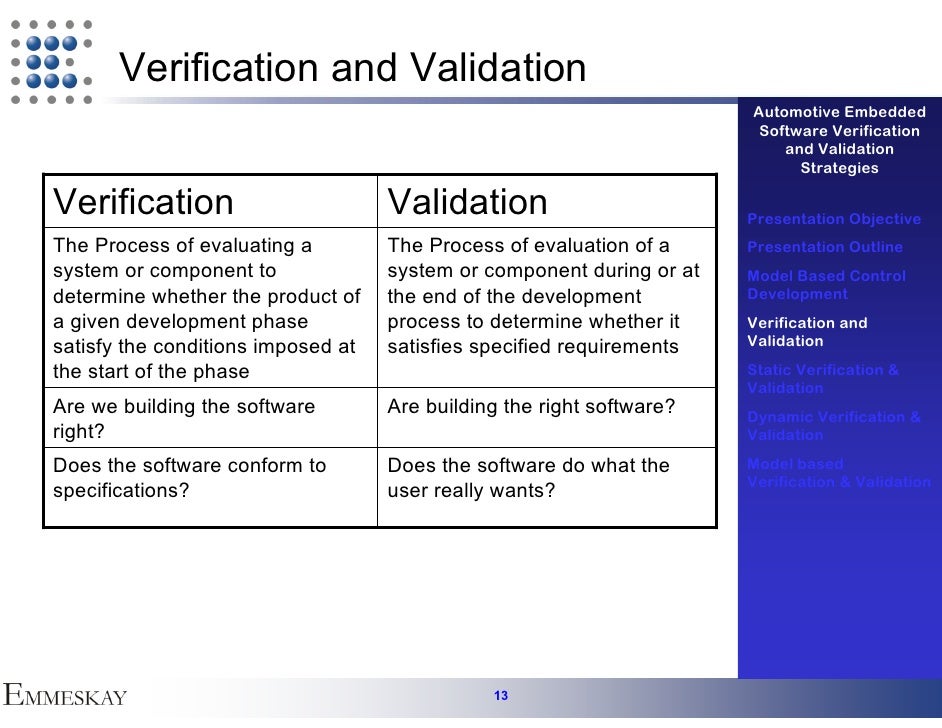Strategic Planning for Innovation
페이지 정보

Zac
LO
2025-03-30
본문
Innovation drives the success of any successful business, and strategic planning helps it.
Given the ever-evolving business environment, and increasing competition, companies require agility to succeed in the long run.
A well-structured strategic plan for innovation can help organizations achieve this objective and set them up for long-term success.
The first step in creating a blueprint for success is to define the company's success goals. It includes setting SMART targets and identifying areas where innovation can make a a meaningful impact.
This vision be elevated yet grounded and the goals should be measurable, measurable, realistic, relevant, and aligned with deadlines.
Once the objectives are established are established, the next step is to gathering insights on key drivers for innovation. The process involves considering new developments, customer needs, market trends, and competitor activity.
Evaluating the key drivers will deliver a deeper understanding into areas where the company can innovate.
This includes create innovation centers, live coding or other shared workspaces that bring together diverse stakeholders. The organization should also encourage idea sharing and allocate funds for concept development.
It is an important aspect to cultivate and refine critical expertise.
The process involves developing expertise in artificial intelligence, software development, as well as soft skills like innovation, human-centered design, and problem-solving. Supporting continuous learning will enable the organization develop the required expertise to drive success.
 In addition to creating a culture of innovation and refining expertise, an effective innovation strategy also involves establishing objective targets.
In addition to creating a culture of innovation and refining expertise, an effective innovation strategy also involves establishing objective targets.
This can including metrics such as business expansion, client satisfaction, and new product introduction.
Establishing a robust innovation pipeline will help the organization monitor performance and stay focused to crucial goals.
Finally, a plan for growth must be pliable and responsive to evolving business needs.
The organization should be open to pivoting or adjusting its strategy as required to stay relevant. This involves regularly evaluating progress and acquiring insights from influential voices and making adjustments to remain aligned.
In conclusion, an effective innovation strategy represents a vital element of any organizational approach.
With a clear direction and objectives , identifying key drivers , fostering collaboration , developing key skills , and setting clear metrics and benchmarks , organizations can create a solid foundation for innovation. With a well-designed plan, companies can stay ahead of the competition international standards and norms enjoy long-term prosperity.
Given the ever-evolving business environment, and increasing competition, companies require agility to succeed in the long run.
A well-structured strategic plan for innovation can help organizations achieve this objective and set them up for long-term success.
The first step in creating a blueprint for success is to define the company's success goals. It includes setting SMART targets and identifying areas where innovation can make a a meaningful impact.
This vision be elevated yet grounded and the goals should be measurable, measurable, realistic, relevant, and aligned with deadlines.
Once the objectives are established are established, the next step is to gathering insights on key drivers for innovation. The process involves considering new developments, customer needs, market trends, and competitor activity.
Evaluating the key drivers will deliver a deeper understanding into areas where the company can innovate.
This includes create innovation centers, live coding or other shared workspaces that bring together diverse stakeholders. The organization should also encourage idea sharing and allocate funds for concept development.
It is an important aspect to cultivate and refine critical expertise.
The process involves developing expertise in artificial intelligence, software development, as well as soft skills like innovation, human-centered design, and problem-solving. Supporting continuous learning will enable the organization develop the required expertise to drive success.
 In addition to creating a culture of innovation and refining expertise, an effective innovation strategy also involves establishing objective targets.
In addition to creating a culture of innovation and refining expertise, an effective innovation strategy also involves establishing objective targets.This can including metrics such as business expansion, client satisfaction, and new product introduction.
Establishing a robust innovation pipeline will help the organization monitor performance and stay focused to crucial goals.
Finally, a plan for growth must be pliable and responsive to evolving business needs.
The organization should be open to pivoting or adjusting its strategy as required to stay relevant. This involves regularly evaluating progress and acquiring insights from influential voices and making adjustments to remain aligned.
In conclusion, an effective innovation strategy represents a vital element of any organizational approach.
With a clear direction and objectives , identifying key drivers , fostering collaboration , developing key skills , and setting clear metrics and benchmarks , organizations can create a solid foundation for innovation. With a well-designed plan, companies can stay ahead of the competition international standards and norms enjoy long-term prosperity.


댓글목록
등록된 답변이 없습니다.